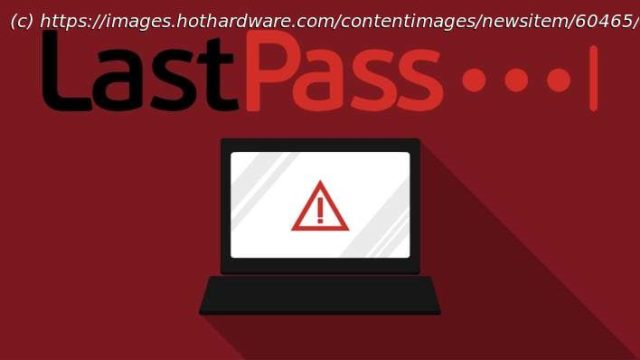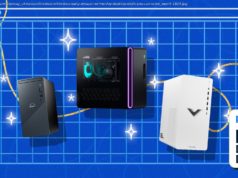LastPass customers should change their master passwords and all passwords stored in their vaults ASAP.
The breach in August affected the LastPass development environment, which didn’t contain any customer information. However, the target of the more recent breach was a cloud storage service containing off-site backups of customer data. The hackers used information stolen in the August breach to target a LastPass employee, likely in a phishing attack, and acquire the access and decryption keys for the company’s cloud storage container. Thanks to these keys, the threat actors were able to gain unauthorized access to the storage container and make copies of the backup data stored within.
The stolen data includes customer account information and metadata, such as company names, usernames names, billing addresses, email addresses, telephone numbers, and IP addresses, as well as vault data. These vaults are where customers’ passwords and other credentials are stored. While threat actors now possess copies of these vaults, all passwords, usernames, secure notes, and form-filled data remain encrypted. However, unlike the vaults of some password managers like Bitwarden, LastPass customer vaults contain some unencrypted data, including the website URLs associated with each vault entry. This unencrypted information could enable threat actors to determine the websites on which LastPass users have accounts.
However, the threat doesn’t end there. It’s important to note that the threat actors now have their own copy of LastPass customers’ vaults. Rather than attempting to access the encrypted information within customers’ vaults directly on LastPass servers where security measures could rebuff repeated attempts at unauthorized access, the threat actors are free to employ all sorts of methods to break through the encryption on their own terms. The threat actors can work to decrypt customers’ vault data offline where there won’t be a trail leading back to them and customers won’t receive any notification of unauthorized access, if the threat actors manage to decrypt stolen vault data.
LastPass customers should immediately change the master passwords for their accounts, as the threat actors will most likely begin conducting phishing attacks against LastPass customers using the email addresses and phone numbers stolen in the breach. Their aim will be to trick LastPass customers into giving up their master passwords. The threat actors can then try using any passwords stolen in this manner to determine the encryption keys that protect users’ encrypted vault data. However, any master passwords stolen through phishing attacks will be useless for this purpose if the stolen passwords are new passwords put in place after the vault data was stolen. The threat actors may also try using passwords
If the threat actors do manage to obtain LastPass customers’ master passwords, they won’t have immediate access to customers’ encrypted data.






